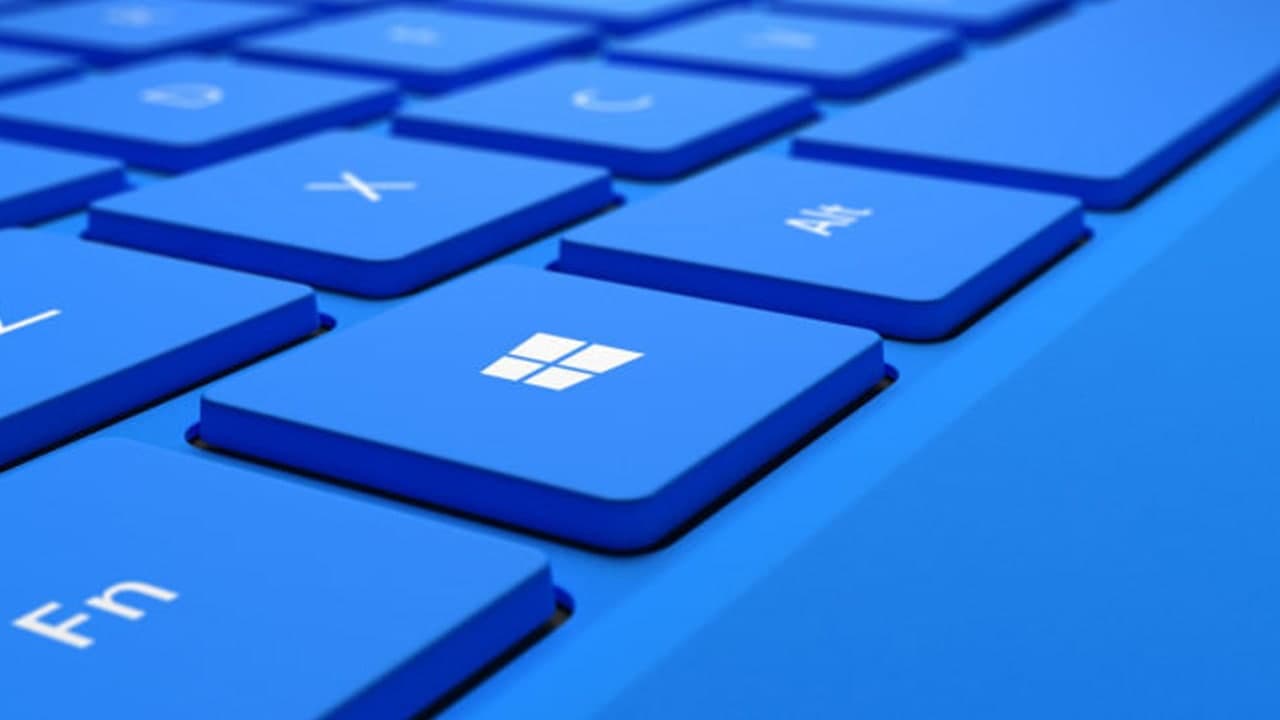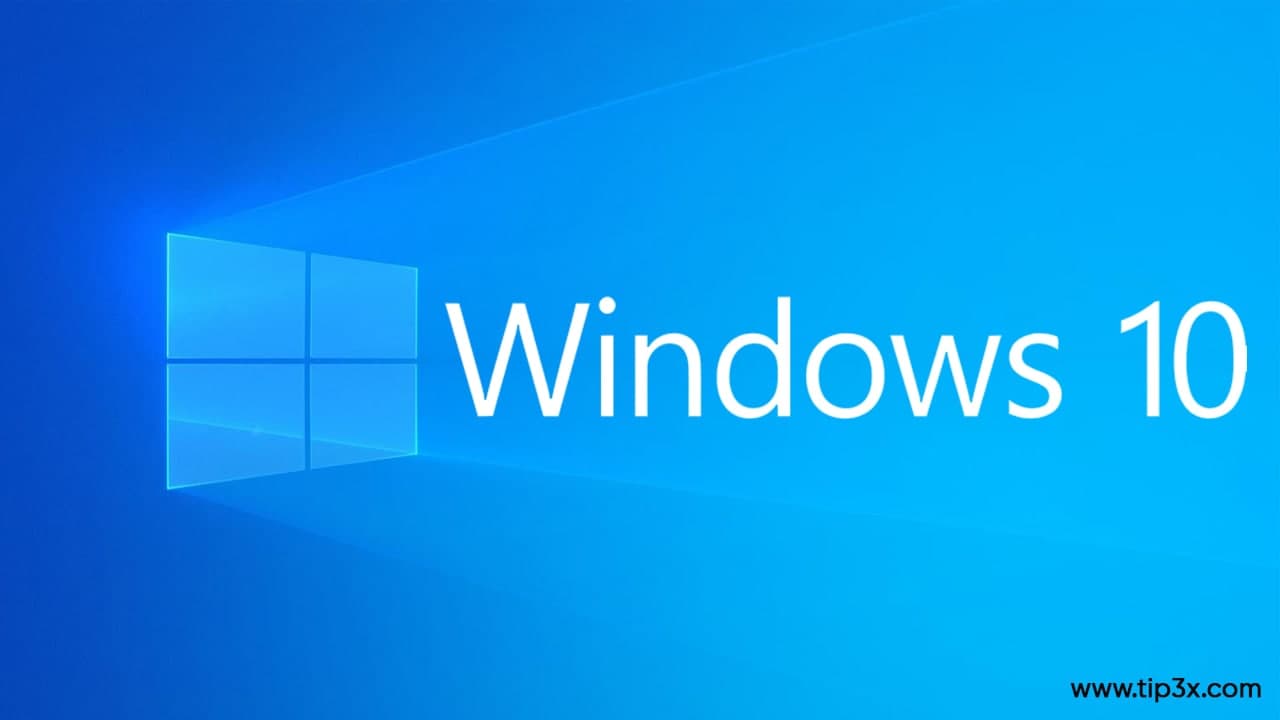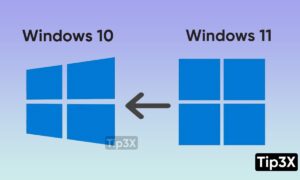Unless you’re the kind of Zoom caller who prefers to be mysterious, you’re going to need a working webcam to make high-quality video calls with your friends, family, and work colleagues. Windows 10 offers plenty of built-in and third-party apps for video calling (including Skype), but you need the right camera to make it work.
Windows 10 is perfect for calling, but that doesn’t mean that you won’t run into problems with your webcam. If your Windows 10 camera is not working, it’ll prevent you from staying in touch with your essential contacts.
1. Verify That Your Camera Is Connected
It’s important to remember to check your camera hardware is connected first before you look for software fixes. If you’re using a USB camera, make sure that the cabling is firmly connected to the USB port. If it is, try switching USB ports to see if this resolves the issue.
For Bluetooth cameras, you’ll need to double-check that it’s connected and that Bluetooth is working on your PC.
- Select the action center icon in the bottom-right corner of the taskbar. From there, select the Bluetooth card to switch Bluetooth on, then right-click and select Go to Settings to quickly access the Bluetooth settings menu.
- The Bluetooth camera should be listed in the menu. If it isn’t, select Add Bluetooth or another device to pair the camera to your PC and follow the on-screen process. Once paired, your camera will be available in your chosen app.
- Built-in cameras are ready to use by default (unless privacy settings are blocked). You can check this for yourself by opening the pre-installed Window 10 Camera app, which you can find in the Start menu.
2. Check the Lens
When a camera lens is blocked, it can appear as if your camera isn’t working. A common way to protect your privacy is to place a sticker or other obstacles over a camera lens (especially if you’re using a built-in camera on a laptop).
As long as the obstacle is the only thing stopping your camera feed from appearing, this should resolve the issue. Other privacy settings are available in Windows 10, however, so you’ll need to investigate these next.
3. Configure Windows Camera Privacy Settings
It’s important to protect your privacy, especially when it comes to your camera and microphone feeds. Thankfully, Microsoft is a step ahead, introducing easy-to-use privacy settings to block unnecessary camera and microphone usage in Windows 10.
If these settings are active, however, you might not be able to use your camera in third-party apps or services (or with other Microsoft apps). You can configure these settings and enable camera access in the Windows Settings menu.
- To begin, right-click the Start menu and select the Settings option.
- In the Windows Settings menu, select Privacy > Camera. To enable camera access, select the Change button in the Allow access to the camera on this device section, then select the slider in the pop-up menu to enable it.
- You’ll also need to grant camera access to apps by selecting the Allow apps to access your camera slider beneath, making sure that it’s in the On position.
- To grant camera access to apps from the Microsoft Store, scroll down to the Choose which Microsoft Store apps can access your slider section. From here, select the slider next to a listed app to grant camera access.
- If you want standard desktop apps to have camera access, scroll down to the Allow desktop apps to access your camera section, then select the slider to the On position.
Join Tip3X on Telegram














